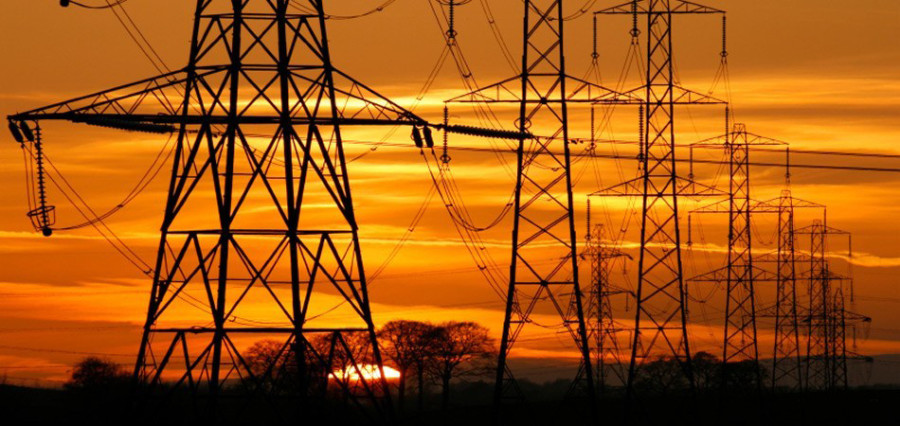Money
Power line projects to follow one basin, one hub concept
The government is implementing transmission line projects under the ‘one basin, one hub’ concept in a bid to prevent a tangle of power lines with a rapid succession of hydropower plants coming online.
Prahlad Rijal
The government is implementing transmission line projects under the ‘one basin, one hub’ concept in a bid to prevent a tangle of power lines with a rapid succession of hydropower plants coming online. The Transmission System Development Plan seeks to limit the number of transmission lines connecting hydroelectric plants to major substations to streamline power evacuation.
“Allowing every power producer to build a separate transmission line will cause environmental degradation, loss of biodiversity and arable land, and put human settlements under threat. The one river basin, one hub concept aims to resolve the issue,” said Netra Gyawali, chief executive officer of the National Transmission Grid Company.
According to Gyawali, after fixing the locations of connection hubs and right of way, officials are scouting potential sites for a common hub for hydel plants under construction in western Nepal. “Around 20-22 projects are coming up in the western region, and we have expedited studies in the Karnali corridor to build common hubs and power lines along the east-west transmission super highway,” he said. “We will be completing detailed project reports of four river basin transmission projects this year, and construction work will begin shortly after that.”
According to officials, the Energy Ministry has directed the grid company to begin work at the Likhu River basin where seven hydel plants with a combined capacity of 346 MW are currently under construction. Officials plan to connect the Likhu River projects to a 220 kV substation from where power will be evacuated through a single transmission line to New Khimti Substation.
The Transmission System Development Plan has highlighted the need to have a robust distribution system to evacuate power to energy starved regions and facilitate electricity export to India and China.
The Nepal Electricity Authority is also constructing multiple transmission corridor projects in the eastern and central regions to evacuate and distribute power more efficiently. “We have expedited work at the Kabeli, Solu and Koshi corridors in the eastern region to upgrade the system for increased consumption and reliable transmission,” said Kulman Ghising, managing director of the Nepal Electricity Authority.
Studies have also begun on a 400 kV east-west power highway in the hilly region that will run parallel to transmission lines in the Tarai forming a mesh network interconnected by single radial lines along the river corridors, officials said. A mesh network provides an alternative path for evacuating power by interconnecting power lines in a loop in case of failure of single dedicated transmission lines.
The Transmission System Development Plan has divided Nepal’s power grid into five zones with at least one interconnection point with India and China to facilitate power exchange. The proposed transmission network has six Nepal-India cross-border connection points in the Tarai, and two Nepal-China cross-border connection points in the Himalayan region.
Authorities have accorded high priority to the construction of reliable transmission corridors for optimal evacuation of power for domestic consumption and export, apart from minimising costs for power producers.
In July, the Energy Ministry created a master plan in line with the government’s target of developing 15 GW of hydropower in 10 years and 40 GW by 2040. In the upcoming fiscal year alone, the electricity authority plans to issue commercial operation dates to 43 under-construction hydropower projects that will produce around 1,150 MW.




 17.12°C Kathmandu
17.12°C Kathmandu















